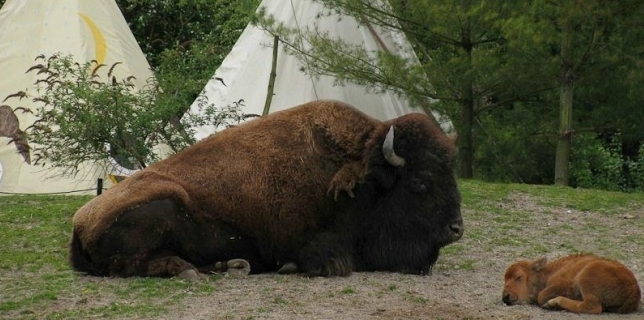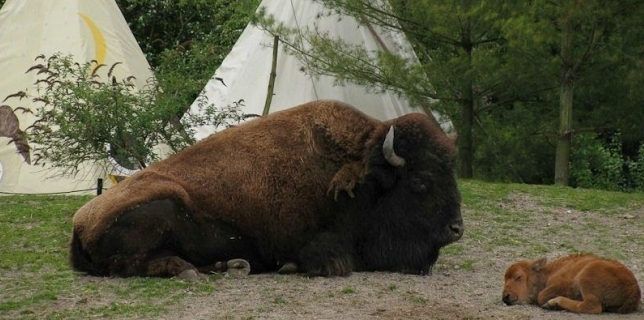
For thousands of years, the buffalo or plains bison (Bison bison) nourished the many native tribes who lived in North America’s Great Plains region.
However, after Europeans arrived, the bison and indigenous way of life were practically extinct. In recent years, the Assiniboine and Sioux Tribes of Montana’s Fort Peck Reservation have joined forces with other tribal organizations across the Northern Great Plains to reintroduce bison to their native lands and lives.
World Wildlife Fund collaborated with Day’s Edge Productions and animator Ruth Lichtman to develop a unique animated animation that is both engaging and appropriate for audiences of all ages. One of the film’s key audiences will be young Native Americans who may be unaware of the history of the bison’s extinction and how their community leaders are working tirelessly to bring it back.
The Fort Peck Reservation is home to two distinct Indian tribes, each with its own set of bands and divisions.
The Sisseton, Wahpetons, Yanktonais, and Teton Hunkpapa Sioux divisions are also represented.
Canoe Paddler and Red Bottom Assiniboine bands are represented.

The Reservation is located in Montana’s far northeast corner, on the north bank of the Missouri River.
Yellowstone bison are the real progenitors of the vast wild herds that roamed the West over a century ago, numbering up to 30 million. By the late 1890s, only 1,000 bison survived in North America, with the majority of these animals being kept on private ranches and carrying residues of cow breeding experiments. By 1902, there were less than 25 wild bison left in Yellowstone, down from more than 200 in the 1890s due to unlawful killing.

Leave a Reply